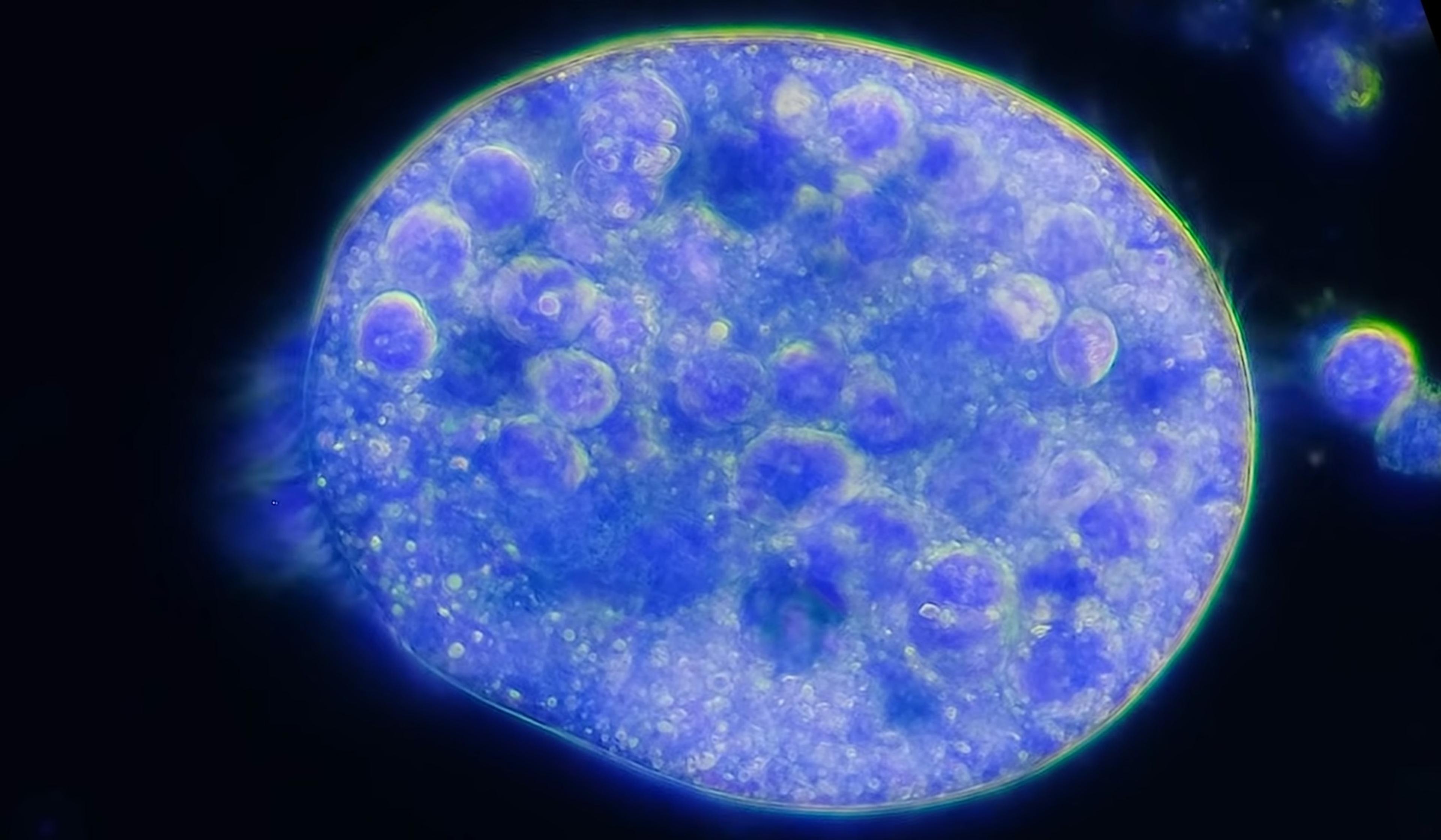While the cells in our bodies each hold a single nucleus, in fungus, millions of nuclei move side-by-side in a series of interconnected passageways. Under a microscope, these passageways bear a striking resemblance to cars on a highway, each nucleus-vehicle responsible for distinct tasks – a phenomenon scientists are still working to understand. Fungal Freeways is a brief dive into the Myco-Fluidics Laboratory at the University of California, Los Angeles, where Marcus Roper, assistant professor of mathematics, and his team are working at the intersection of biology and mathematics to crack fungi’s secret solutions to complex organisational problems.
Why is a mathematician studying fungus?
Producer: Christian Baker
Video by Science Friday

videoBiology
Creeping through mazes, repelling threats – the slo-mo smarts of slime moulds
5 minutes

videoGenetics
Could we harness epigenomics to become master DNA conductors?
5 minutes

videoBiology
Could organless plasmodial slime mould hold secrets about intelligent life?
2 minutes

videoBiology
An ode to the humble rotifer – one of nature’s simplest and strangest creatures
9 minutes

videoNeuroscience
This intricate map of a fruit fly brain could signal a revolution in neuroscience
2 minutes

videoGenetics
Chimeras and lightning: a radical perspective on the evolution of complex life
6 minutes

videoDeep time
When algae met fungi – the hidden story of life’s most successful partnership
4 minutes

videoHistory of science
There’s no one way a microbe looks, only different clever methods to see it
13 minutes

videoEvolution
Evolution is not only about competition: the cellular origins of a very big idea
5 minutes